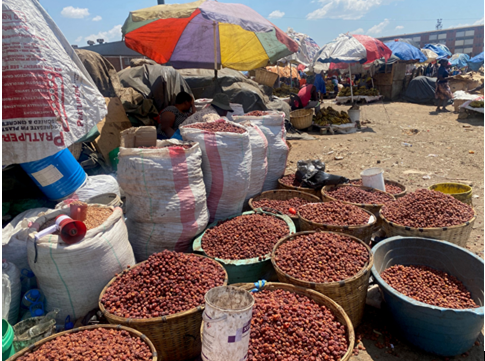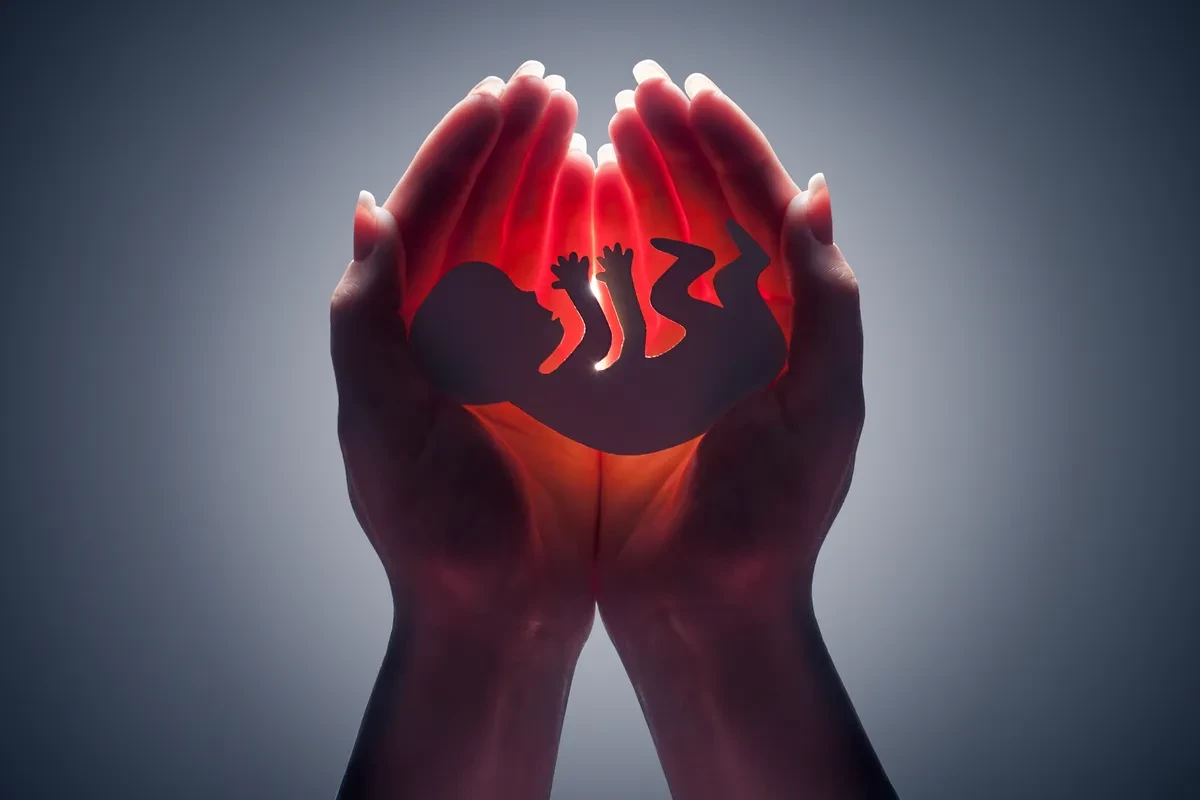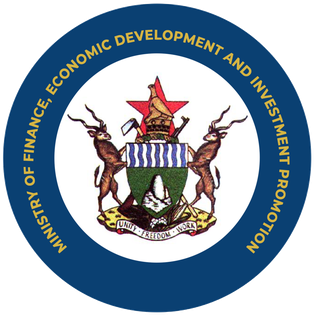
INFORMAL trading has been in existence since time immemorial.
Zimbabwe faces a huge employment problem and as a result, it has the largest informal sector in the region and the third largest in the world with over 60,6% of its population being informally employed.
The informal sector operates outside the realm of official regulatory frameworks.
Workers in the informal sector are not registered, regulated, or protected under labour legislation and social protection.
This diminishes their ability to defend their fundamental rights and at the same time, exposes them to all sorts of vulnerability and abuses.
In view of the deteriorating economic climate in Zimbabwe, informal trade is viewed as a viable activity that generates income, creates employment, and improves food security as well as living standards.
Mbare has the busiest informal hub in the country, yet the popular Mupedzanhamo market has been closed for a few weeks now.
Traders have since been calling for the reopening of the flea market as their livelihoods have been gravely affected.
- Zim’s informal sector vital, but lacks recognition
- Informal sector needs recognition
- Operational challenges at Mupedzanhamo continue to negatively impact livelihoods
- Letters:Unemployment leads to high youth emigration
Keep Reading
While it is imperative to fully reopen the market, the operational challenges stemming from the ongoing disputes between the local authority, space barons, and vendors must be addressed as this is a recurring problem.
Furthermore, the supporting infrastructure on the ground must be attended to.
There is also a need for waste disposal systems, potable water, and functioning sewer systems in the area.
Informal traders have been experiencing a myriad of challenges in the whole chain of conducting their business.
Prior to the closure of the current marketplace, the area initially designated for the flea market had been turned into a car wash/car park.
Due to vendors being forced out of the marketplace, space barons took advantage of the situation and forced vendors to pay rentals for the free space outside the flea market walls using makeshift structures.
The tension between the groups resulted in unrest as fights erupted in the marketplace.
Currently, the marketplace remains closed. The flea market, which is usually densely populated, is now manned by police with no vendors being allowed to sell.
In trying to make ends meet and provide for their families, vendors have resorted to selling from undesignated sites.
However, this results in constant clashes with the police.
Teargas is often used to disperse crowds and chaos ensues.
This is not the first time that Mupedzanhamo has been experiencing operational challenges.
Over the years, there have been numerous challenges, including COVID-19 lockdown regulations, resulting in the closure of the market.
During this time, there were promises to give the flea market a facelift and repair the dilapidated infrastructure which needed constant repairs.
It is imperative that local authorities invest in the refurbishment of the marketplace and provide contemporary, modern market structures.
Over and above structural repair, there must be clear regulations governing the marketplace in order to ensure that it is not constantly shut down due to rising tensions between different groups.
It is also important for local authorities to strengthen council by-laws to secure informal traders’ livelihoods and the marketplaces where they earn their living.
Zimcodd
Violence upsurge ahead of 2023 elections
THE Zimbabwe Peace Project (ZPP) recorded 255 human rights violations in the month of October, a decrease from September’s 257.
Of these, 42 were in Harare, followed by 37 in Mashonaland East and 35 in Manicaland and Midlands.
During the month, 3 546 victims were identified (2 625 male and 921 female, including 15 people living with disabilities).
Assault cases were topical in October, with documented incidents increasing to 44 from 42 the previous month.
Campaign activities for the October 22 by-elections were characterised by assaults of opposition leaders and supporters, making the elections and subsequent outcome unfair and less credible.
The percentage of victims decreased to 0,2% for female persons with disability and 0,23% for males in October.
Most human rights cases were perpetrated by Zanu PF, responsible for 48% of the violations, followed by Zimbabwe Republic Police (ZRP) at 32%.
The general citizens populated the highest percentage of victims, at 88%, and Citizens Coalition for Change (CCC) supporters followed at 15%.
Law enforcement agents and the ruling Zanu PF party continue to subject Zimbabwe’s citizens to gross human rights violations.
The monthly monitoring report is a compilation of human rights violations in Zimbabwe.
The report exposes perpetrators, informs the general public about the social, political, economic, civil, and cultural human rights situation, and informs the development of advocacy initiatives with various stakeholders.
ZPP launched the #RRRV2023 campaign to create an active citizenry that Resists, Rejects, and Reports violence ahead of elections.
The campaign seeks to achieve a peaceful electoral process where citizens are empowered to speak out and report when violated and increase their level of alertness and responsiveness to pressure duty bearers to be accountable.
ZPP
The world needs a health-centered plan to tackle climate crisis
TO its credit, the United Nations is increasingly focusing on strengthening healthcare systems worldwide by ensuring they are carbon-smart and climate-resilient.
Bold action on behalf of the healthcare sector is a bridge that has already been crossed — the industry’s total contributions to emissions worldwide stands at a tad more than 5%, not surprising considering what it has been tasked with.
A global health programme focused on climate resilience that emerged from last year’s meetings in Glasgow is showing some progress.
Some countries, however, are hardly getting their climate resilience bang for their bucks: Take the United States, which has a healthcare system that emits 50 times more emissions per capita than India, yet its citizens can anticipate a life expectancy of only 76.1 years, a decrease so far this decade; meanwhile, India’s has increased slightly to 70.2 years.
With that life expectancy statistic in mind, advocates for clean energy might want to change their strategy as to how they can break through to citizens about the human costs of the climate crisis.
Talk about pollution, emissions, climate change threats or energy markets’ volatility aren’t getting through to many people.
But viewing the climate crisis through the lens of public health could change hearts and minds, especially if telling (disturbing or upsetting) images were a part of such messaging, as what occurred with the anti-smoking campaigns of a generation ago.
From the point of view of the Lancet, change will be difficult, as the number one factor that needs to change is the globe’s addiction to fossil fuels.
That means breaking some very entrenched consumer habits, but it comes with an additional payoff, as increasing energy efficiency, conservation, and the use of renewable energy sources could give healthier, more resilient, and self-sufficient energy systems.
Millions of lives could be saved each year by accelerating transition to cleaner fuels, healthier diets, and active modes of travel.
If you haven’t listened to your doctor recently, then hear this one out.
“The burning of fossil fuels is creating a health crisis that I can’t fix by the time I see patients in my emergency department,” Dr Renee Salas, summing up the Lancet’s report, told NBC News last week. “Fossil fuel companies are making record profits while my patients suffer from their downstream health harms.”
Leon Kaye











